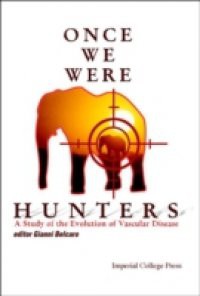We emerged after millions of years of evolution, first in the rainforest and then in the dry savanna bush. This nomadic way of life was characterised by seasonal and geographical variation of food; scarcity, particularly of high-energy food containing fats and sugar; and walking as the main form of exercise, with sudden bursts of energy either to catch prey or to avoid becoming prey. Society was organised into structured, small-groups, contact among whom was very limited under normal conditions.After this 25 million-year period of evolution, however, we have now entered a period of de-evolution, in which we shape the world instead of it shaping us. We now have plenty of food (particularly fats, sugar and proteins), with regular 'social' feedings even when we do not need food. Food in supermarkets is not subject to seasonal variations and we are fairly static physically (watching television being more frequent than exercise), without sudden use of high levels of energy. Socially, there are too many people, too much contact, causing stress and confusion. We must look to the small pockets of our former way of life which still survive in some parts of Africa to explain our real evolutionary background and nature. We cannot go back, but knowing who we are will help us to survive and to create a better world, according to our true evolutionary plan.Contents: Evolution and Cardiovascular Diseases in a Nutshell:Lucky in the SkyEvolutionThe Hunting SeasonRift ValleyKnowing Our DestinyEvolution and Medicine:Evolutionary MedicineCardiovascular Disease and EvolutionYou Can Save Your LifeLessons to Remember:Places in the Book: The Last “Cradles”and other papersReadership: Undergraduates in biology and medicine, as well as general readers.

